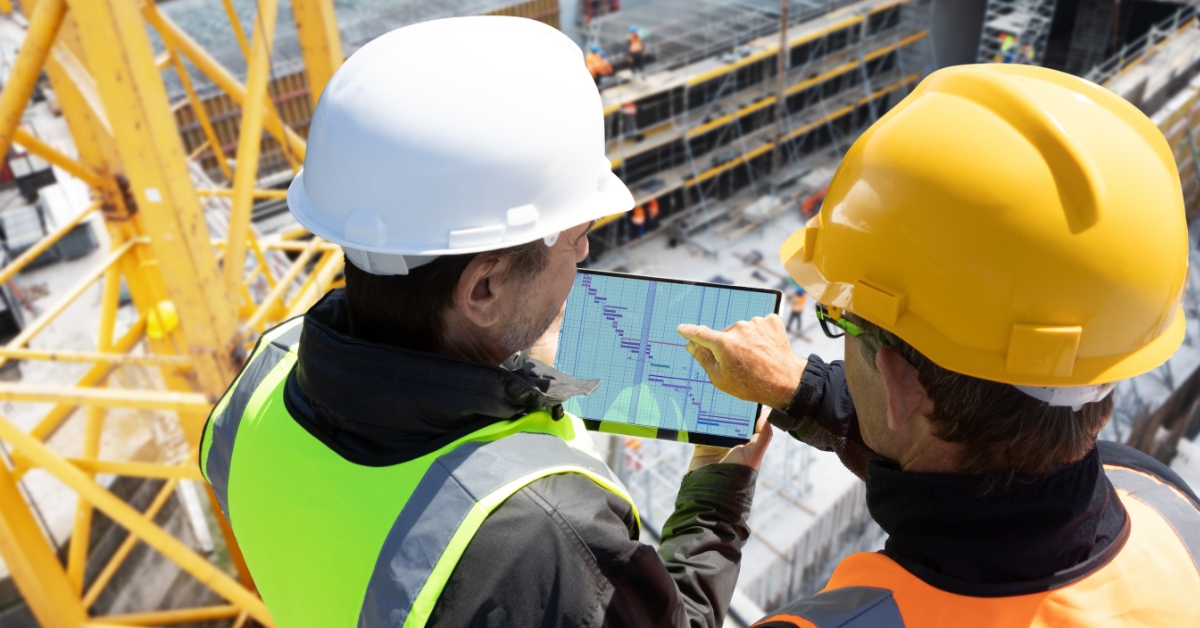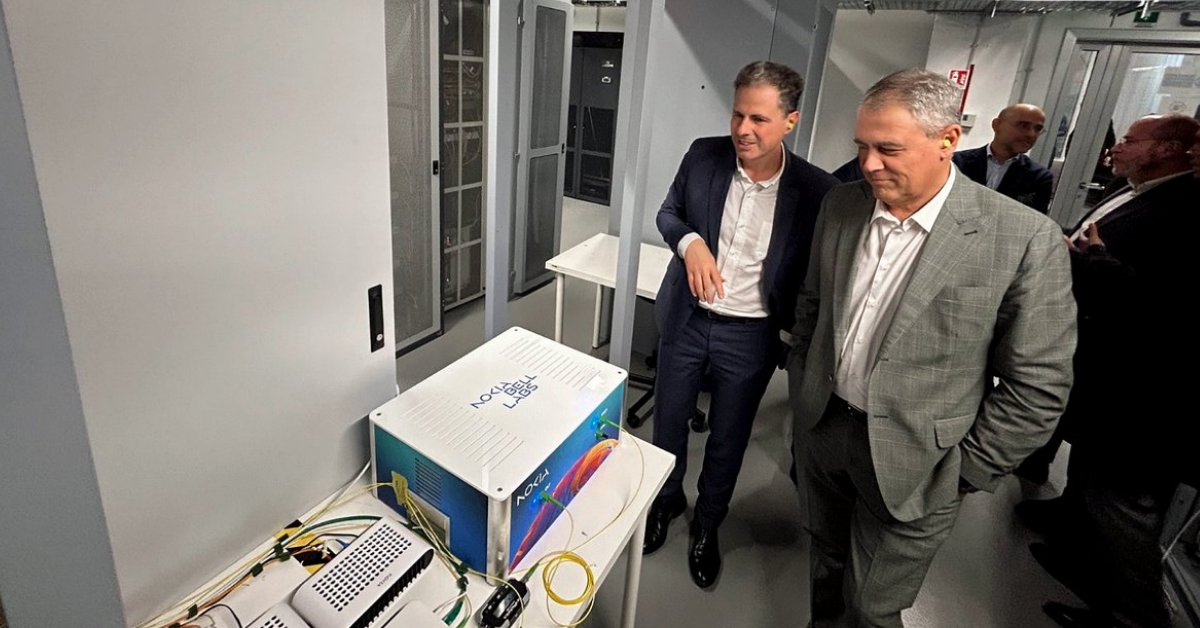Ultra broadband: with over 9 billion in investments, Open Fiber has to date built more than 120,000 km of infrastructure and 14.6 million property units on FTTHFTTH “Fiber to the Home” is the technology that connects POPs, located in exchanges, to end users’ property units with fiber optics. fiber optics between homes, companies and public administration offices. In the White AreasWhite Areas White Areas are those where private operators have not deemed it worthwhile to invest and therefore lack broadband and ultra-broadband infrastructure. of the country, 84,935 km of ultra-fast networkNetwork In computer language, the term network defines a set of hardware and software devices which, when linked together, enable the exchange and sharing of resources, data or information. In a computer network, the devices that generate, route and terminate data are called network nodes. (94% of the total) have been laid.
Open Fiber, which has only 8 years of full operation under its belt, is Italy’s leading operator in terms of the development of FTTH infrastructure, an acronym for Fiber To The Home: ultra-fast fiber optic that reaches into homes, businesses, and public offices. To date, Open Fiber has already invested a total of over 9 billion euros.
To date, Open Fiber has made available for the marketing of connectivity services 14.6 million property units (P.U.P.U. Property unity.s) in FTTH fiber optics throughout Italy, for both residential and commercial use, out of the approximately 30 million that correspond to the country’s total. In September, about 56% of the people who surf FTTH networks in Italy do so on the fiber optic infrastructure built by Open Fiber (1).
Overall, Open Fiber has built over 120,000 km of infrastructure, of which 46,000 km is in Black AreasBlack Areas Black Areas are those in which there are, or will be in the near future, at least two different providers of ultra-broadband network services and the provision is taking place under competitive conditions. (the most densely populated towns and areas) and 84,935 km in White Areas (less populated inland areas of the country). In the Black Areas there is an average of one property unit for every 5.5 metres of network, while in the White Areas the average is one P.U. for every 13.8 metres of infrastructure. In order to connect the inland areas with fibre, therefore, more than twice as much network must be built as in the towns, moreover in areas that are more complex in topographical terms.
With regard to the White Areas covered by the concession, as of 31 January 2025 Open Fiber had laid 84,935 km of ultra-fast network, or 94% of the total. Furthermore, it has set up 3,510 radio base stations for the FWAFWA Also known as ‘Wireless Local Loop’ (WLL), FWA refers to the use of radio solutions to cover the last mile to property units dispersed in very sparsely populated areas. A main antenna, typically connected to the network via fiber optics, covers an area of varying size where an antenna is mounted on each property unit equipped with an apparatus that transforms the radio signal and enables the connection of the CPE (Customer Premises Equipment), the electronic device used as a user-side terminal. (fixed wirelessWireless Connections that use ‘wireless’ transmission systems to connect the user’s device to the network. Typical examples are 3G, 4G, Wi-Fi, and WiMax. access) service.
The construction of the infrastructure has significantly helped to reduce the digital divideDigital Divide A term to describe the gap between those who can use new information and communication technologies and those who, for technical, economic or social reasons, are unable to use them. Read the news item “Digital divide and social inequality: the role of Open Fiber” to find out more. in Italy, contributing to the significant increase in the availability of ultra-fast networks from 22% in 2017 to 60% in 2024 (2). For its implementation, Open Fiber has invested on average over one billion euros per year, for a total of approximately 9 billion euros in the last 7 years.








